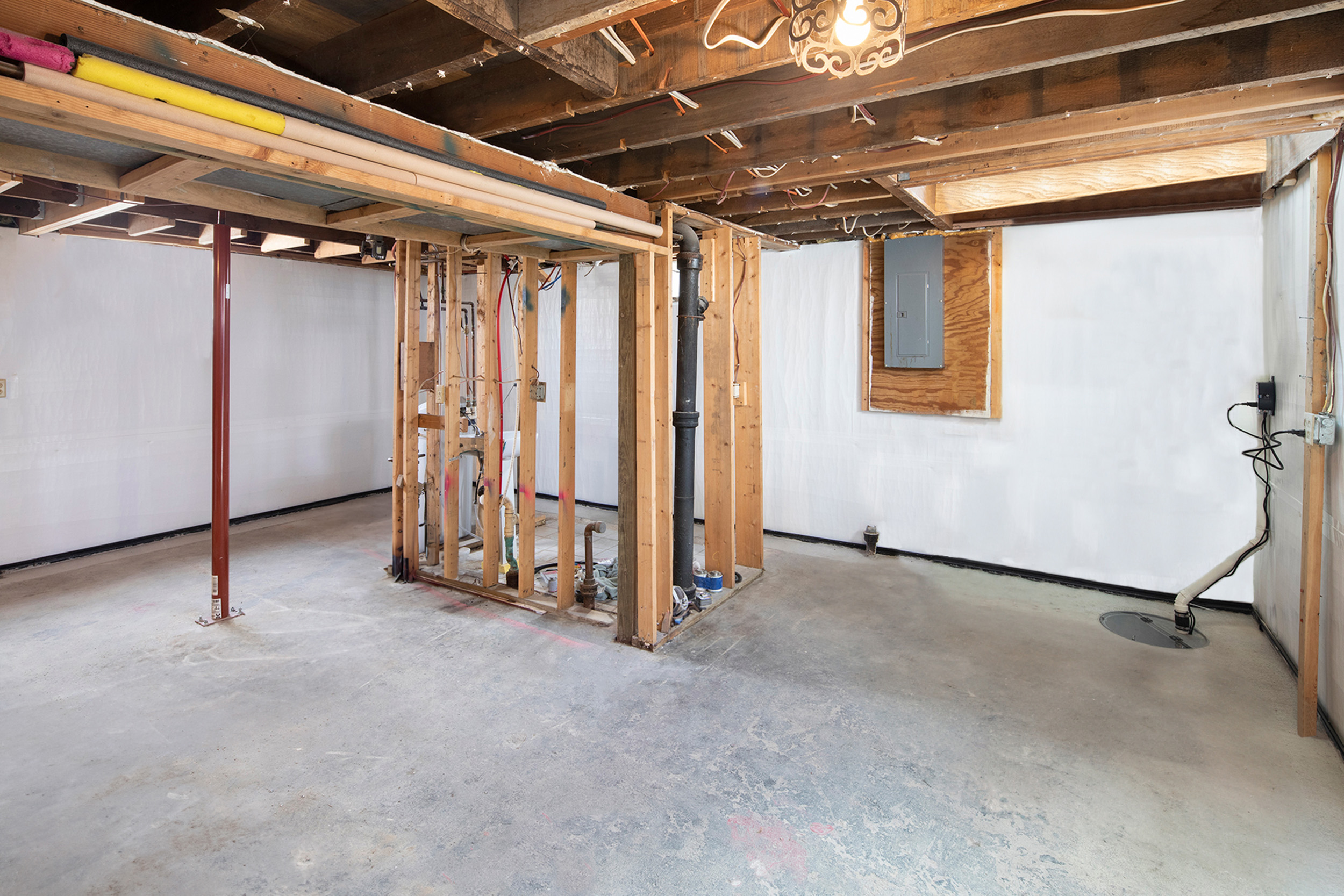
If your basement feels damp, smells musty, or shows signs of moisture, a vapor barrier might be part of the solution. At Anchored Walls, we’ve helped homeowners across the region protect their homes from the long-term damage moisture can cause. Here's what a vapor barrier does, how it works, and why it might be worth considering for your home.
Simply put, a vapor barrier is a material that helps block moisture in the form of water vapor from passing through your basement walls. It doesn’t stop liquid water like a sump pump or drainage system would—but it does help prevent that humid, sticky feel that basements can develop over time.
You might also hear the term vapor retarder. While these are similar, they’re not the same:
Some materials can do both. Anchored Walls’ proprietary Interior Encapsulation system acts as both a vapor and moisture barrier, offering more complete protection for your basement walls. This dual-layer defense helps ensure a dry, healthy basement environment no matter the conditions outside.
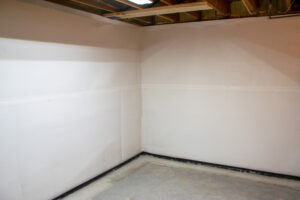
Vapor barriers come in a variety of materials—plastic sheeting, foil, and spray foam are some of the most common. Their main job is to slow or stop vapor transmission through the walls. When installed correctly, they help keep your basement dry, healthier, and more energy-efficient.
Vapor barriers are rated by permeability, measured in “perms.” The lower the perm rating, the more effective the material is at blocking vapor.
Here’s a quick breakdown:
Even if your basement doesn’t have visible water issues, it’s still prone to moisture problems. Here’s why:
Left unchecked, that excess moisture can lead to:
High humidity and organic materials (like wood or drywall) are a mold’s favorite combination. By lowering moisture levels, a vapor barrier helps prevent mold growth—protecting your health and your home’s value
Moisture may not seem urgent, but over time it can lead to deterioration of concrete walls, insulation, and wooden framing. A vapor barrier is one line of defense against this kind of hidden damage.
Did you know damp air takes more energy to heat? If your basement is humid, your HVAC system has to work harder to keep your whole home comfortable. Reducing vapor can help cut energy costs.
Even if you’re just using your basement for storage, a dry, odor-free environment makes a big difference. If you're finishing your basement, a vapor barrier is an essential first step.
Damp, dark basements are naturally attractive to pests like spiders, centipedes, silverfish, and even small critters like mice. While a vapor barrier isn’t a full pest control solution, it plays an important role in making the space less welcoming. By reducing moisture and sealing off access points along the wall, it helps discourage pests from settling in.
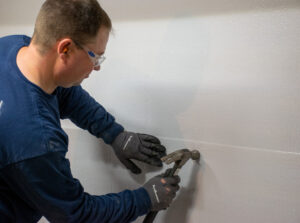
If you're handy, you might be able to install a wall vapor barrier yourself. Here's a general overview:
For floor vapor barriers, it’s best to call the pros—it’s a much more complex process.
While it’s possible to install a vapor barrier yourself, here’s why many homeowners trust a professional team like Anchored Walls:
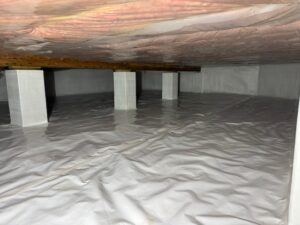
Vapor barriers aren’t just for basements—they’re just as important in crawl spaces. In fact, crawl spaces are often more vulnerable to ground moisture due to their open soil floors and limited ventilation.
At Anchored Walls, we install high-performance wall and floor vapor barriers in crawl spaces to help:
If your crawl space is damp or musty, or if you're noticing uneven floors or moldy smells upstairs, it might be time to seal and protect it. Our team will fully encapsulate the area, integrating a vapor barrier with drainage and dehumidification as needed.
A clean, sealed crawl space means a healthier home from the ground up.
A vapor barrier alone won’t solve all basement water problems—but it’s a key component of a healthy, dry basement. When paired with an interior drain tile system or sump pump, it helps protect your home from moisture, mold, and long-term damage.
If you’re noticing signs of basement or crawl space humidity, Anchored Walls is here to help.
Our experienced team can assess your home and recommend the right solution—whether that’s a vapor barrier, drainage system, or full waterproofing plan. Schedule your free estimate today.
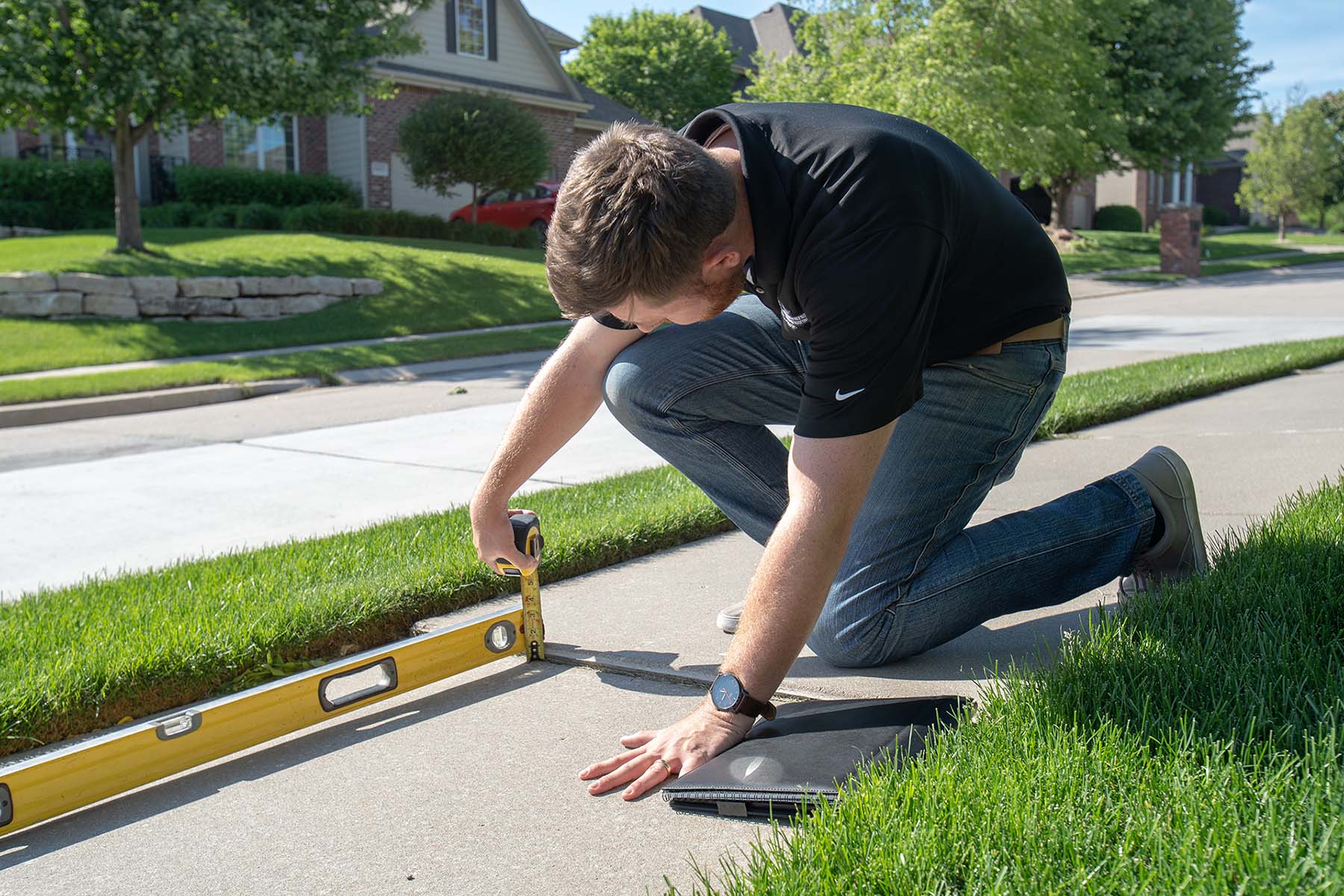
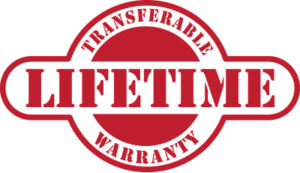

By submitting this form and signing up for texts, you consent to receive text messages from Anchored Walls at the number provided, including messages sent by auto dialer. These may include messages related to estimates, project updates, appointment scheduling, and promotional offers. Consent is not a condition of purchase. Msg & data rates may apply. Msg frequency varies. Unsubscribe at any time by replying STOP or clicking the unsubscribe link (where available) and no further messages will be sent. Reply HELP for help. Information will not be shared with third parties for marketing or promotional purposes. Privacy Policy